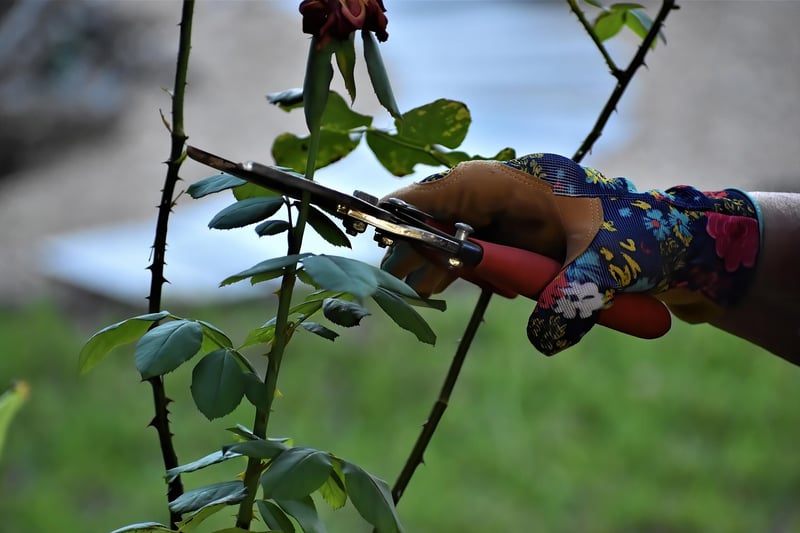Pruning Techniques

Essential Plant Care Advice + Pruning Techniques
Introduction
Welcome to our guide on essential plant care advice and pruning techniques. Whether you are a seasoned gardener or just starting out with your green thumb, understanding how to care for your plants properly is crucial for their health and growth. In this article, we will cover some fundamental plant care tips along with pruning techniques to help you maintain a thriving garden.
Essential Plant Care Advice
- Watering: Proper watering is essential for plant health. Be sure to water your plants according to their specific needs, considering factors like plant type, soil type, and weather conditions.
- Light: Most plants require adequate sunlight to thrive. Make sure to place your plants in locations where they can receive the right amount of sunlight based on their light requirements.
- Soil: Good quality soil is the foundation of healthy plants. Ensure your plants are potted in well-draining soil that is rich in nutrients.
- Fertilizing: Regular fertilization can help your plants grow strong and vibrant. Choose a suitable fertilizer based on your plant's needs and apply it as directed.
- Pest Control: Keep an eye out for pests that may damage your plants. Use organic pest control methods or insecticidal soaps to protect your plants without harming the environment.
Pruning Techniques
Pruning is a vital aspect of plant care that involves removing dead or overgrown branches to promote healthy growth. Here are some essential pruning techniques:
- Deadheading: Removing dead flower heads encourages new growth and prolongs the blooming period of flowering plants.
- Thinning: Thinning out excess growth helps improve air circulation and reduces the risk of disease in plants.
- Heading Back: Heading back involves cutting back the tips of branches to encourage bushier growth and flowering.
- Crown Cleaning: Removing dead or diseased branches from the crown of a plant helps maintain its overall health and appearance.
- Rejuvenation Pruning: Rejuvenation pruning involves cutting back old or overgrown branches to stimulate new growth and revitalize the plant.
Conclusion
By following these essential plant care tips and mastering the art of pruning, you can ensure that your garden flourishes with healthy, vibrant plants. Remember to observe your plants regularly, adjust your care routine as needed, and enjoy the beauty of a well-maintained garden.
Images source: Pixabay